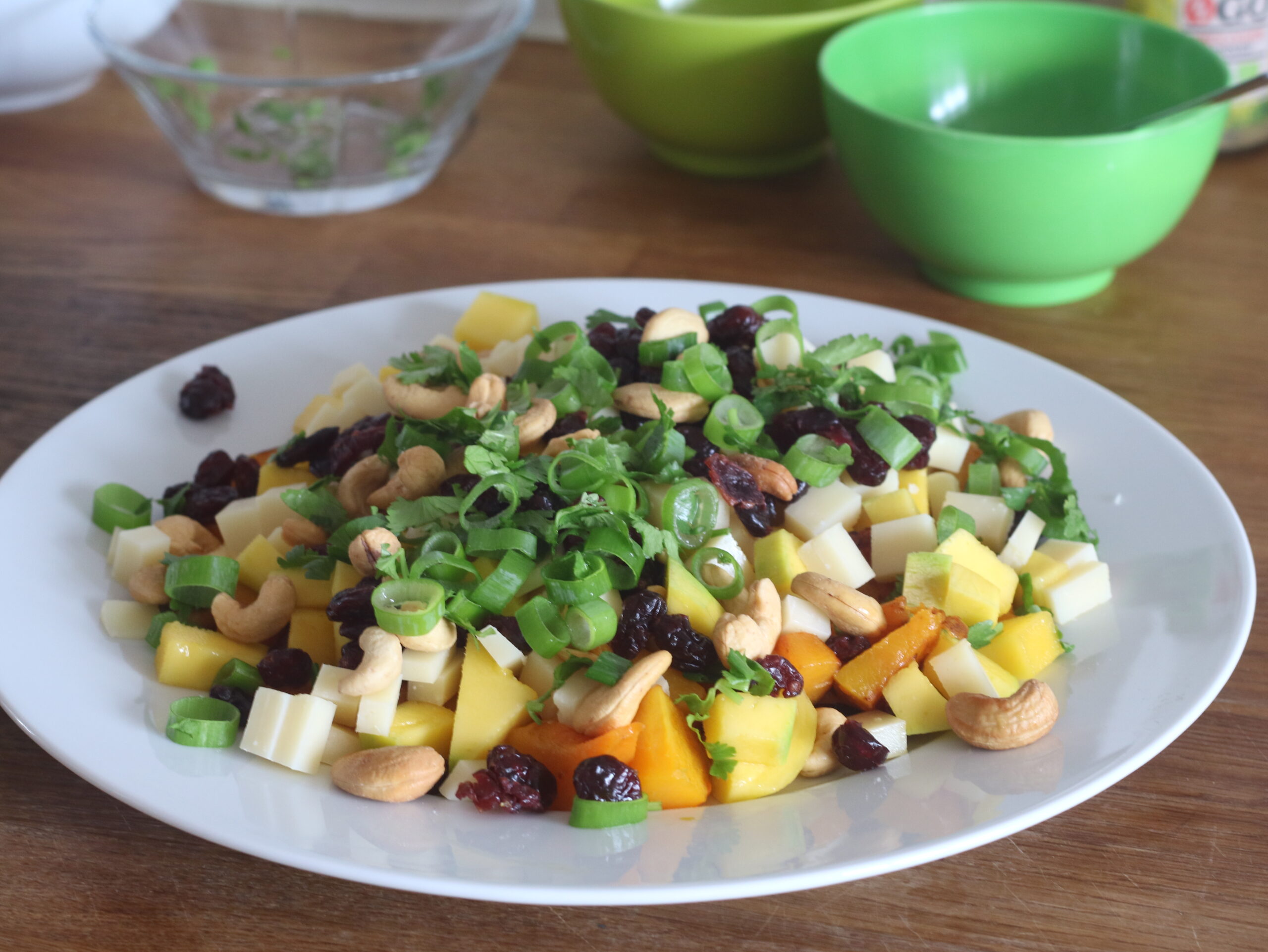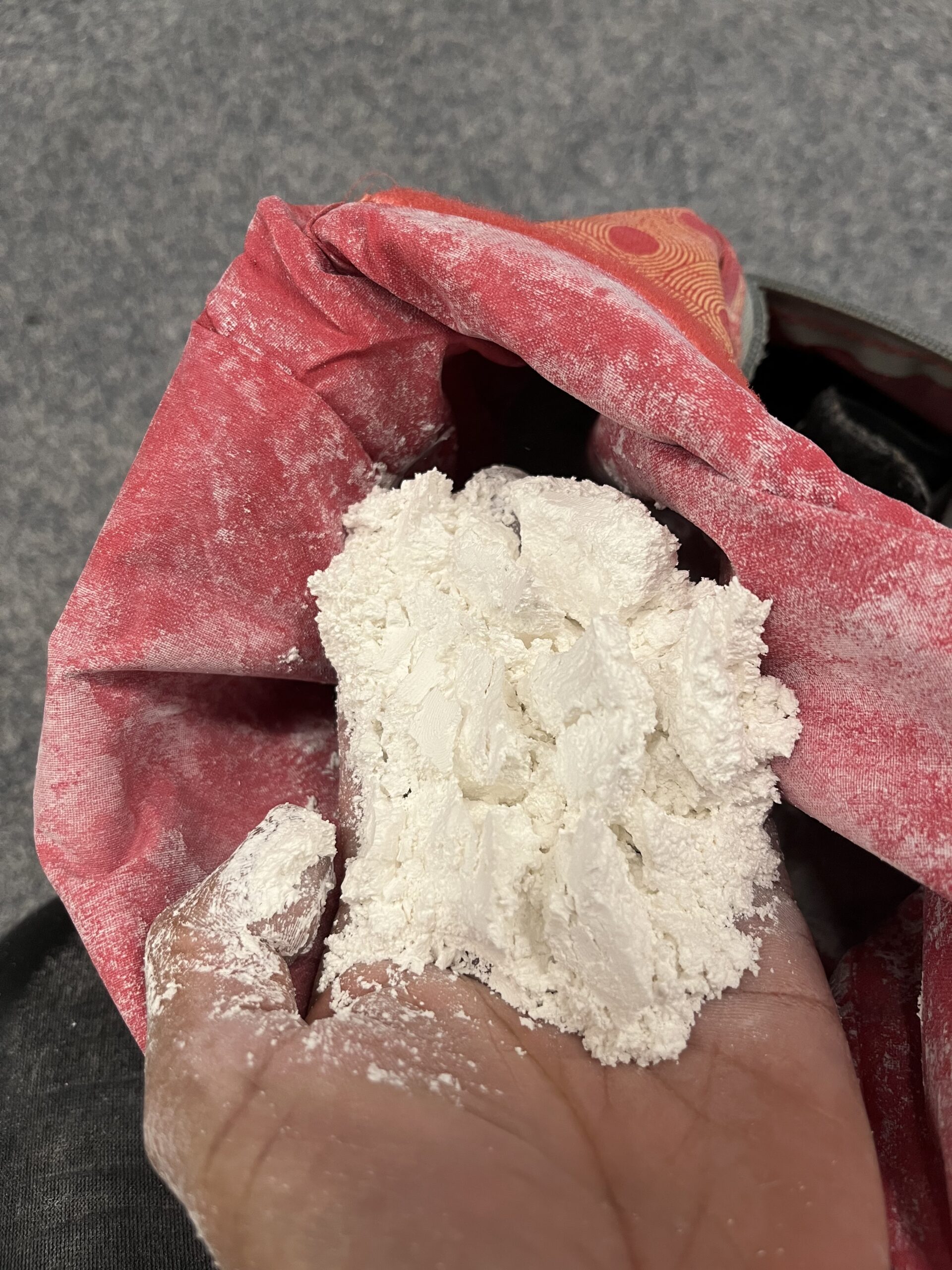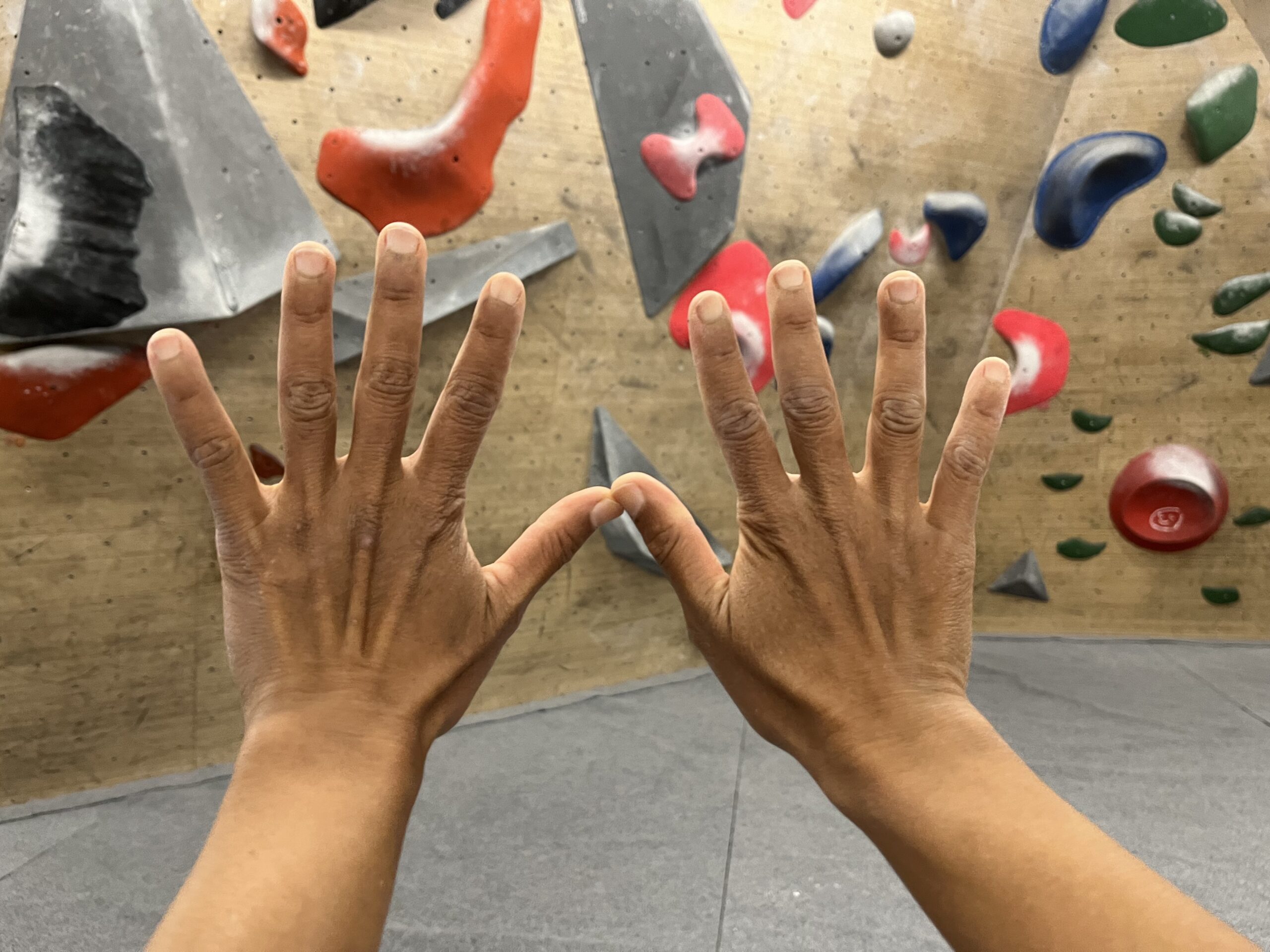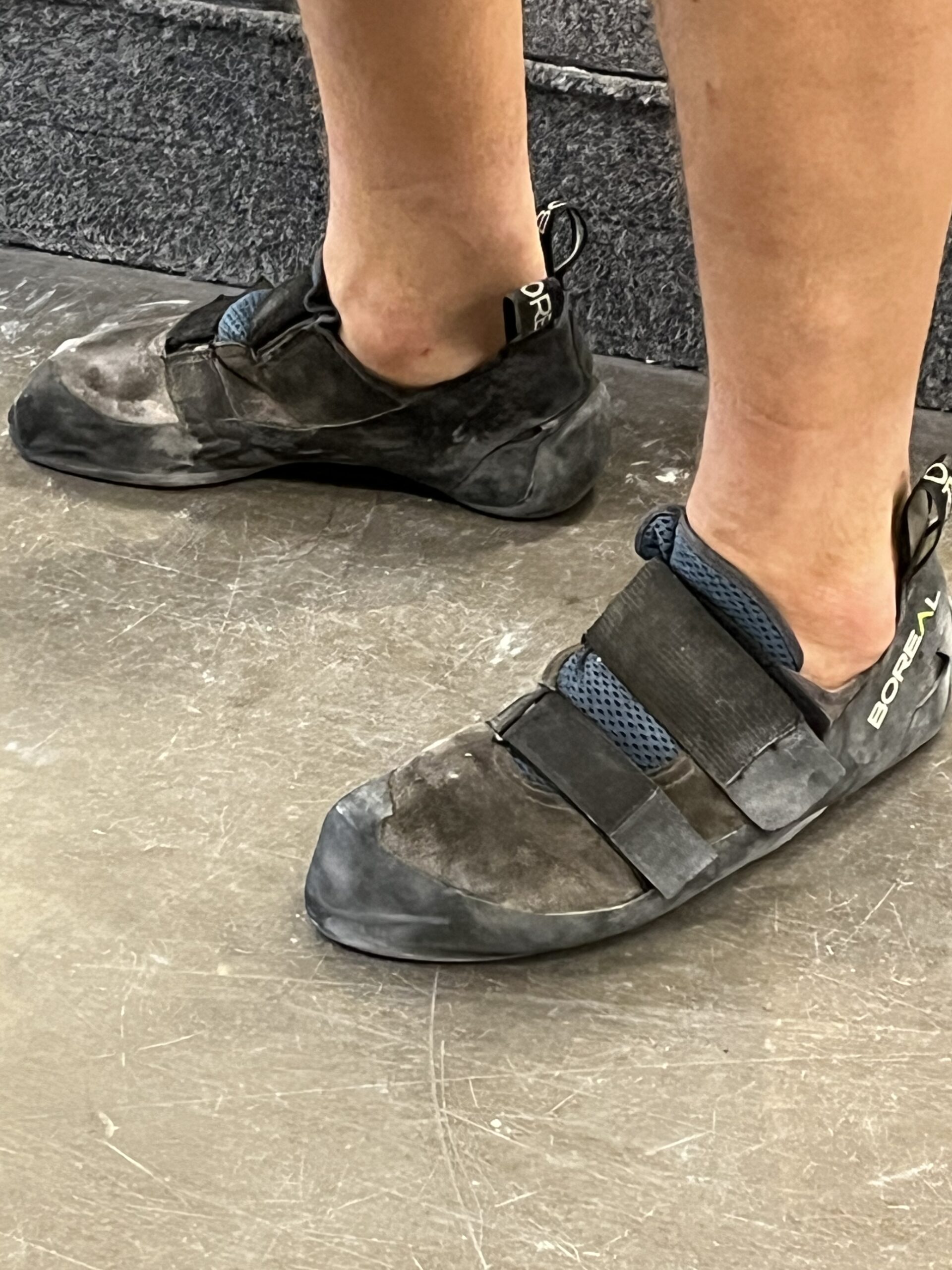Tag: minerals
-

What is a campus board?
A campus board is a training tool used by climbers to improve finger strength, upper body power, and dynamic movement skills. It consists of a wooden or metal frame with a series of evenly spaced horizontal rungs (called campus rungs) that climbers use to perform various exercises. Here’s a detailed overview of a campus board:…
-
How many times can I resole climbing shoes?
The number of times you can resole climbing shoes depends on several factors, including the quality of the shoe, the condition of the upper material, and the skill of the cobbler performing the resole. Generally, climbing shoes can be resoled multiple times if the upper and the rand (the rubber that wraps around the shoe)…
-

What is an overhang climbing wall?
An overhang climbing wall is a section of a climbing wall that angles outwards from the vertical plane, creating a steep incline that climbers must ascend. This type of wall increases the difficulty of climbing routes due to the need for greater strength, technique, and endurance to overcome the force of gravity pulling the climber…
-

What is the route setting?
Route setting is the process of designing and creating climbing routes or problems on climbing walls. This is done by strategically placing holds in various configurations to create specific challenges for climbers. Route setting is both an art and a science, requiring creativity, technical knowledge, and an understanding of climber abilities and safety. Key Aspects…
-

What is a good diet for climbers?
A good diet for climbers should focus on providing the necessary energy, nutrients, and hydration to support intense physical activity, promote recovery, and maintain overall health. Here’s a detailed guide to a balanced diet for climbers: 1. Macronutrients: Carbohydrates: Proteins: Fats: 2. Micronutrients: Vitamins and Minerals: 3. Hydration: 4. Pre-Climb Nutrition: 5. During Climb Nutrition:…
-

All chalk are the same?
Not all climbing chalk is the same. There are different types of climbing chalk, each with its own properties and benefits. Here are the main types of climbing chalk and their characteristics: 1. Loose Chalk: 2. Chalk Balls: 3. Liquid Chalk: 4. Block Chalk: 5. Blended Chalk: 6. Eco-Friendly Chalk: Key Considerations for Choosing Climbing…
-

When is time to resole climbing shoes?
Resoling climbing shoes can extend their lifespan and maintain their performance. Here are some signs that it’s time to resole your climbing shoes: 1. Visible Wear on the Rubber Sole: 2. Loss of Edging Performance: 3. Hole Formation: 4. Reduced Grip: 5. General Wear and Tear: 6. Comparison with New Shoes: When to Consider Full…
-

How to prepare fingernails and toes for climbing?
Preparing your fingernails and toenails for climbing is important for maintaining both comfort and safety. Here are some steps to ensure your nails are ready for climbing: For Fingernails: For Toenails: By taking these steps to prepare your fingernails and toenails, you can enhance your climbing experience and prevent discomfort or injury. Regular maintenance and…
-

How to fix smelly climbing shoes?
Dealing with smelly climbing shoes can be challenging, but there are several effective methods you can use to eliminate or reduce the odor: 1. Regular Cleaning: 2. Drying Properly: 3. Odor Absorption: 4. Freezing: 5. Foot Hygiene: 6. Rotating Shoes: 7. Insoles and Inserts: 8. Storage: 9. Professional Cleaning: By combining these methods, you can…
-

What is pulley tears?
Pulley tears are injuries that commonly occur in climbers, particularly affecting the fingers. The pulleys are part of the anatomical structure of the fingers, playing a crucial role in the function and stability of the tendons during gripping activities. Here’s a detailed explanation of pulley tears: Anatomy of the Finger Pulley System What is a…